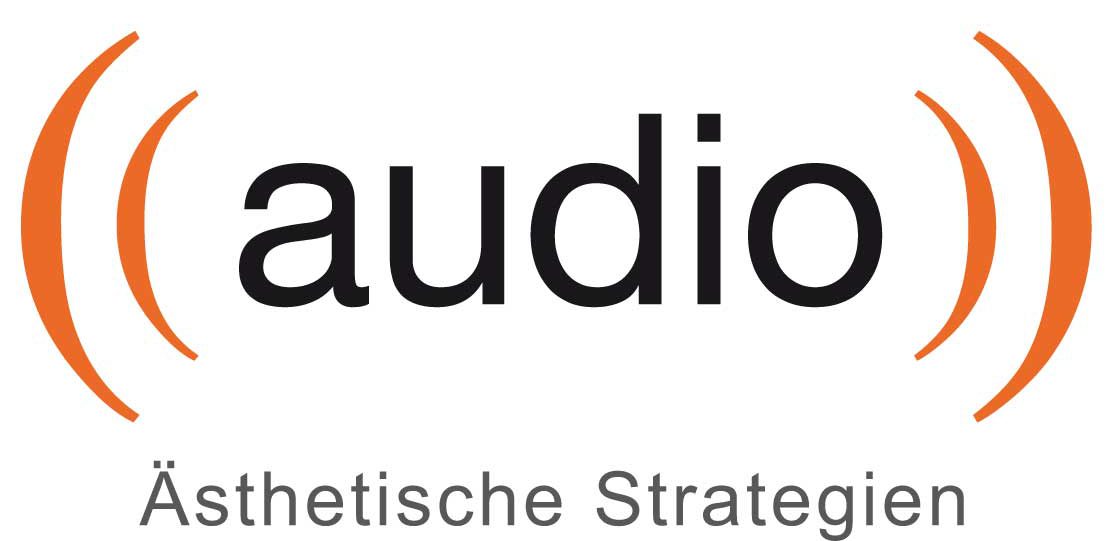Multimedia standards allow much more than the appealing integration of data or ‘documents’ into pre-structured program environments. Qualitative innovations in the area of aesthetic applications are made possible by standardized operating system interfaces (e.g. multimedia APIs) as well as flexible object-oriented component systems (e.g. MAX, PD) if the glittering facades of the multimedia surfaces are reduced ‘behind’ them. The project goal of creative multimedia programming encompasses not only pure application programming with pre-formed MM-tools (Macromedia Director), but also the development of own program components based on aesthetic concepts in a team of artists (musicians), technicians and computer scientists. This also applies to the handling of data resources in aesthetic collage and montage techniques. Sampling here stands for a specific area of program-controlled access to digitized media material, which on the one hand is to be tested in its own program environments and on the other hand aesthetically reflected. The musical tradition of sampling, current practice (such as hip hop and techno) and the discussion of sampling principles in contemporary art and literature are part of this discussion. Individual topics are:
- History of Sound Synthesis and Sampling
- Musique concréte/Electronic music of the ‘Kölner Schule’ (Cologne School)
- Sampling vs. Montage/Collage in Music, Visual Arts, and Literature
- Sound programming
- Interface programming (Borland-Delphi, Basic, MAX, PD)
- Current sampling practice in popular music
- Samples in multimedia environments
